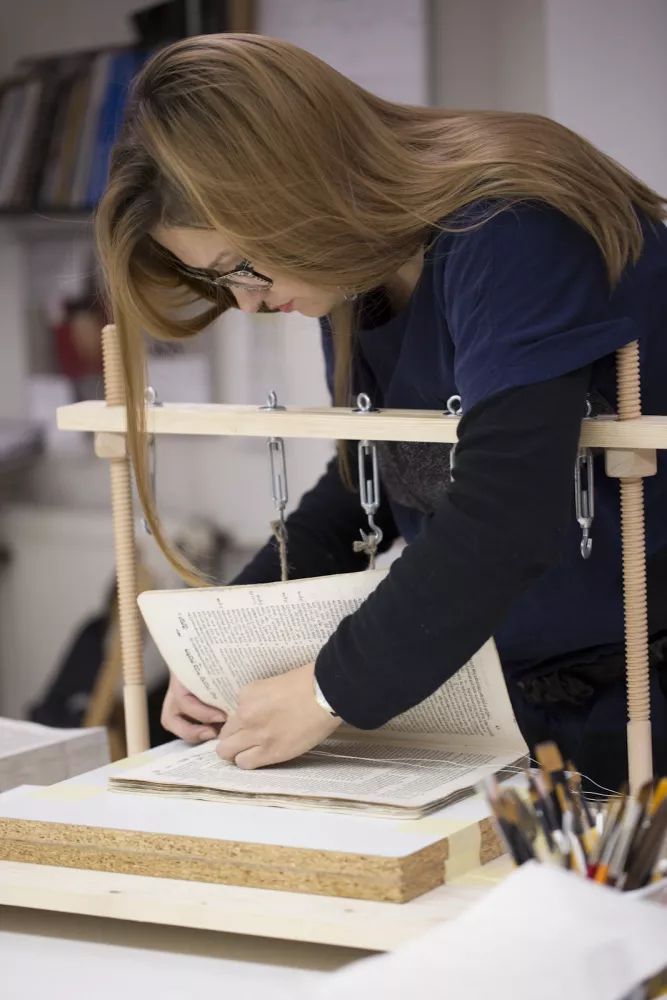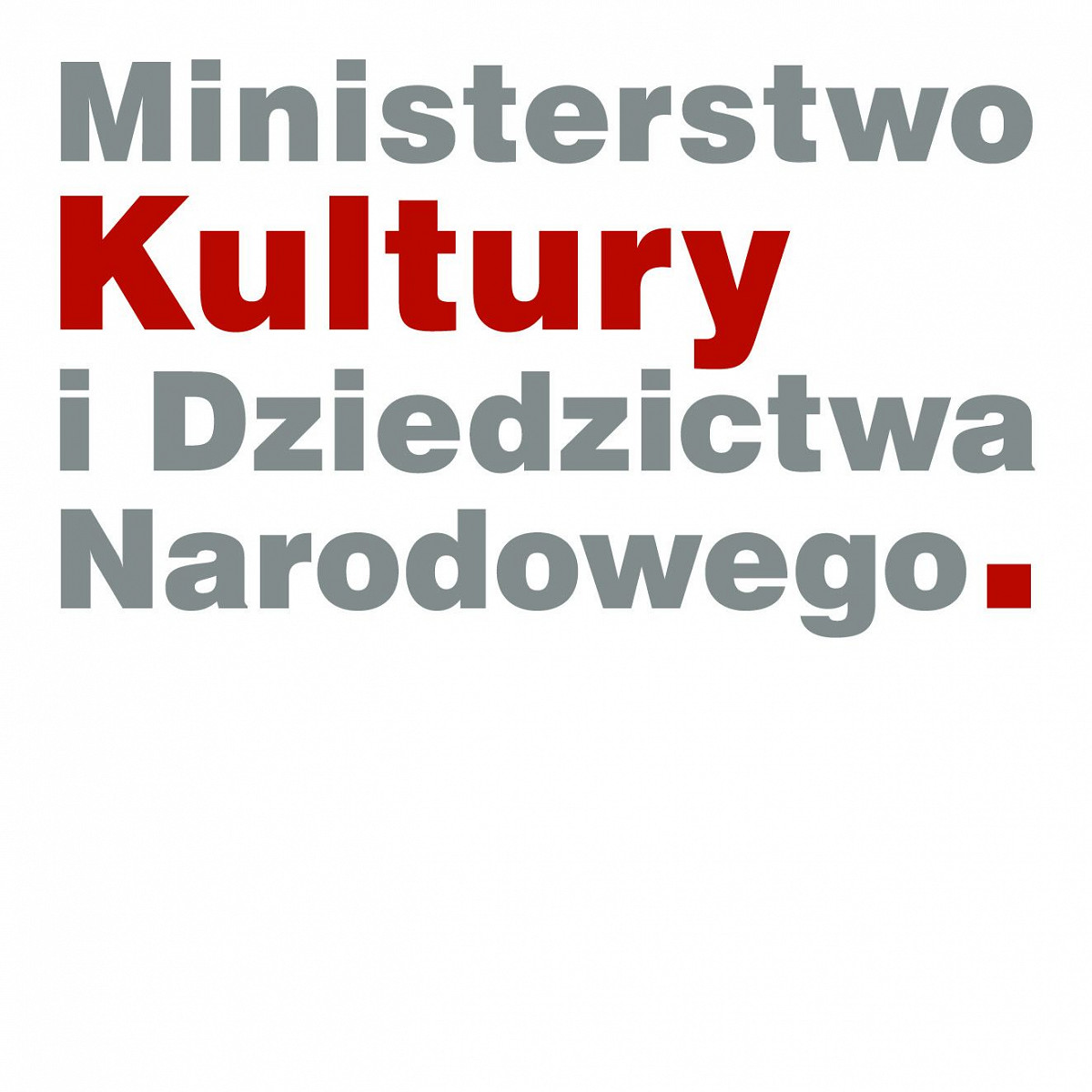- News
- Events
- Oneg Shabbat
- Collections
- Research
- Exhibitions
- Education
- Publishing Department
- Genealogy
- About the Institute
- Bookstore


From June to November 2012, at Conservation Lab of the Art Department, thanks to the subsidy received from the Ministry of Culture and National Heritage, I did comprehensive conservation of two antique books from the collections of the Library of the Jewish Historical Institute. Both objects are of great value to our collections and the Jewish heritage in Poland; they are antiques of high quality, therefore working with them was a great challenge for me.
Arbaa Turim: Yoreh Dea is the oldest antique book in the collections of the JHI, printed in a Lublin printing house in 1635. It is one of the most important Halacha laws, whose author is Yaakov Ben Asher from Cologne. The Arbaa Turim Code was printed for the first time in 1457 and had a huge impact on rabbinic literature, as it was an alternative to the well-known Code of Maimonides, Mishneh Torah, which in some rabbinical circles was considered heretical. In the JHI collections, there is a second part of the Arbaa Turim Code: Yoreh Dea, which includes a commentary written by a Polish scholar, Yehoshua Falk Ben Alexander Katz.
The second object was one of two competing translations of the Bible into Yiddish, which was published in Amsterdam in 1679 by Josef Athias. The first printer to publish the Bible in Yiddish was Uri Fajwusz ben Aharon ha-Levi, the translator was Jekutielow Blitz. The pretext for publishing the second translation was Athias’ dissatisfaction with the excessive use of German and Dutch translations as bases for translations instead of using the original in Hebrew, which characterised Blitz’s translation. The new translation was done by Josef ben Alexander Witzenhausen. The JHI’s copy of that Bible has a very rare title page, which differs from the known editions of Athias and is unusual for other editions.
The conservation work aimed to improve the condition of the paper, supplement losses and restore optimal functional and aesthetic values with a minimum of interference in the antique layer. The conservation of the old prints was for me a big challenge, a difficult and long process, which brought me great satisfaction. I encourage you to look at the gallery and see photographs of the objects before and after conservation.
